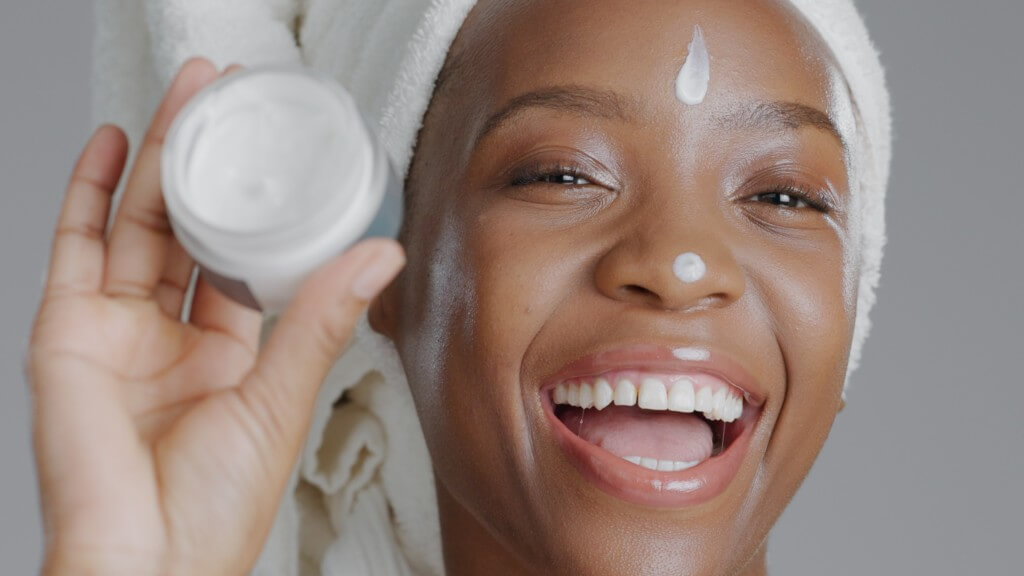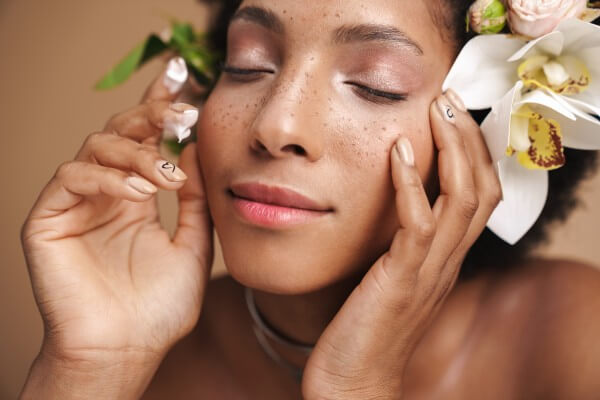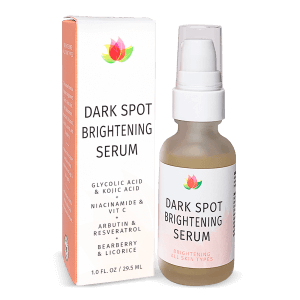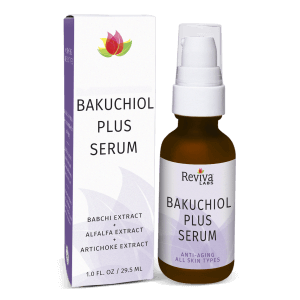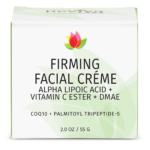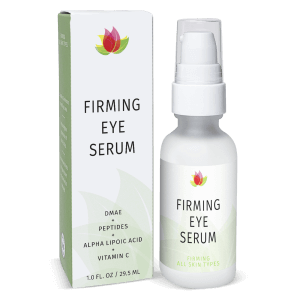Skin Care
What Trends Can We Expect in Skincare in 2025?
As we look toward 2025, the skincare industry is set to experience significant shifts, driven by evolving consumer demands, technological advancements, and a growing focus on sustainability. Understanding these trends can help brands and consumers alike navigate the changing landscape with confidence and clarity.
Personalized Skincare Becomes the Norm
Personalization in skincare is not just a buzzword; it’s rapidly becoming an expectation. Consumers are increasingly seeking products tailored to their specific skin concerns, types, and even genetic makeup. The rise of AI-driven skincare tools that analyze individual skin conditions and recommend personalized routines is a testament to this shift. In 2025, we can expect these tools to become even more sophisticated, offering hyper-personalized solutions that consider factors such as environment, lifestyle, and real-time skin changes. This level of customization will likely lead to more effective skincare regimens, as products are formulated and recommended based on precise data rather than one-size-fits-all solutions.
Sustainability Takes Center Stage
The demand for sustainable skincare is growing, and it’s not slowing down. In 2025, sustainability will likely be a key factor in consumer purchasing decisions. This trend goes beyond just eco-friendly packaging. Consumers are looking for brands that are transparent about their sourcing, manufacturing processes, and overall environmental impact. Ingredients that are ethically sourced and products that minimize waste are gaining traction. Moreover, waterless beauty products, which reduce the need for preservatives and lower the carbon footprint, are expected to become more popular. As consumers become more environmentally conscious, brands that fail to prioritize sustainability may find themselves losing ground.
Skin Health Over Aesthetics
In the past, skincare was often about achieving a certain look—whether that was youthful, glowing, or blemish-free skin. However, the focus is shifting towards overall skin health rather than just aesthetics. Consumers are increasingly educated about the importance of skin barrier function, hydration, and protection against environmental aggressors. This trend is expected to lead to a rise in products that prioritize skin health, such as those that strengthen the skin barrier, offer blue light protection, and provide broad-spectrum SPF. Products that support the skin’s natural microbiome are also likely to see increased popularity as the connection between microbiome health and skin appearance becomes more widely understood.
Clean Beauty with Clinical Backing
The clean beauty movement has gained significant momentum, with consumers becoming more mindful of the ingredients in their skincare products. However, there has been growing concern about the efficacy of clean beauty products compared to their conventional counterparts. In 2025, we can expect a convergence of clean beauty and clinical efficacy. Brands will likely focus on formulating products that are both free from harmful ingredients and backed by scientific research. This trend will cater to consumers who want products that are safe, effective, and sustainable. We may also see an increase in transparency regarding ingredient sourcing and manufacturing processes, as consumers demand more information about what goes into their products.
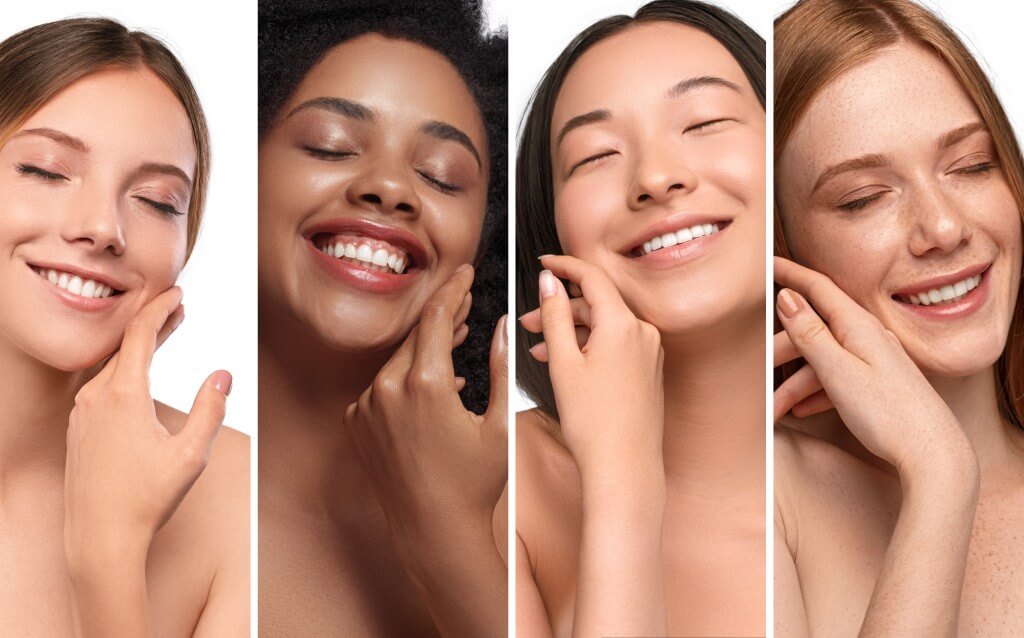
Tech-Infused Skincare Routines
Technology is playing an increasingly important role in skincare. From devices that analyze skin conditions to at-home treatments that mimic professional procedures, tech-infused skincare is becoming more accessible. By 2025, we can expect to see more innovations in this space, such as smart devices that track skin health over time and adjust routines accordingly. These devices could offer personalized recommendations based on real-time data, making it easier for consumers to achieve their skincare goals. Additionally, advancements in biotechnology may lead to the development of more effective skincare ingredients, such as lab-grown collagen or peptides that target specific skin concerns with precision.
Inclusivity in Skincare
Inclusivity is no longer just a trend; it’s a necessity. The beauty industry has made strides in recent years to cater to a diverse range of skin tones and types, but there is still work to be done. In 2025, we can expect to see more brands expanding their product lines to include formulations that work for all skin tones and concerns. This includes offering a wider range of shades in tinted products and developing treatments that address the specific needs of different skin types. Inclusivity also extends to marketing, with brands likely to embrace more diverse representation in their campaigns to resonate with a broader audience.
Minimalist Skincare Routines
The concept of “skinimalism,” or minimalist skincare, is gaining popularity as consumers seek to simplify their routines. Rather than using multiple products with overlapping benefits, the trend is moving towards using fewer, more effective products that deliver results. This approach not only saves time and money but also reduces the risk of irritation from overloading the skin with too many active ingredients. In 2025, we can expect to see a rise in multi-functional products that combine several benefits in one formulation. For example, a moisturizer that also offers sun protection and antioxidant benefits may become a staple in many skincare routines. The focus will be on quality over quantity, with consumers seeking products that provide maximum benefits with minimal effort.
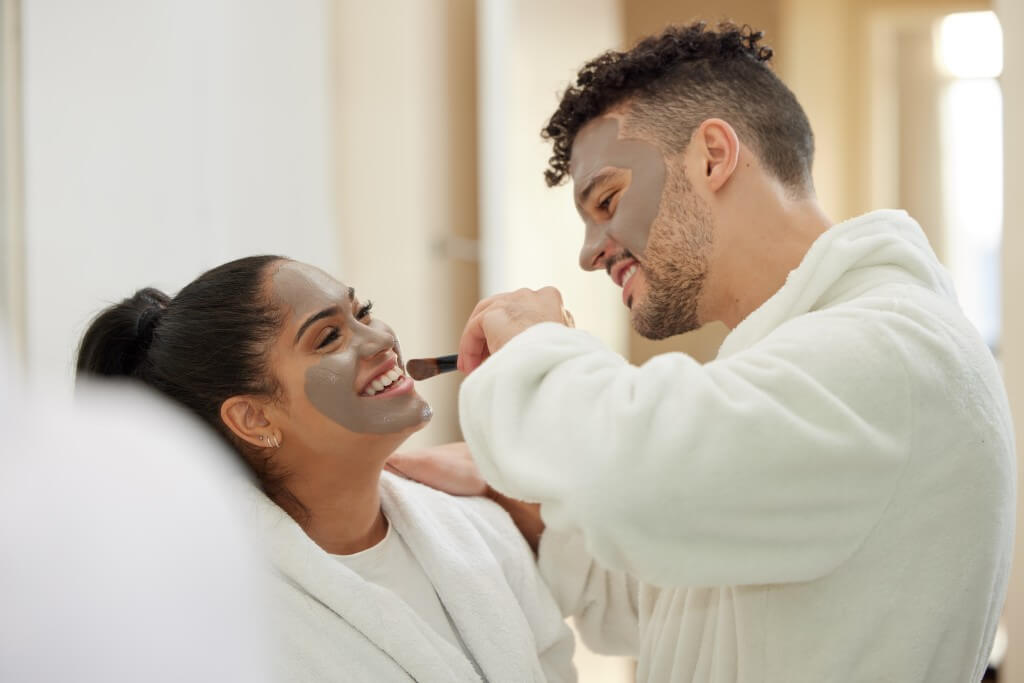
The Rise of Probiotic Skincare
Probiotics have long been associated with gut health, but their benefits extend to skincare as well. The skin’s microbiome plays a crucial role in maintaining a healthy barrier and preventing issues such as acne, sensitivity, and inflammation. In 2025, probiotic skincare is expected to become more mainstream as consumers become aware of the importance of maintaining a balanced skin microbiome. Products that contain live cultures or prebiotics that feed the skin’s good bacteria are likely to gain popularity. This trend aligns with the broader focus on skin health, as maintaining a healthy microbiome is essential for overall skin wellness.
Increased Focus on Mental Wellness and Skincare
The connection between mental wellness and skincare is becoming more recognized, and this trend is expected to grow in 2025. Stress and anxiety can have a significant impact on skin health, leading to issues such as breakouts, dullness, and premature aging. As a result, there is a growing interest in products that address both skin and mental wellness. Ingredients such as adaptogens, which help the body manage stress, are likely to be featured in more skincare products. Additionally, the concept of “self-care” is evolving to include skincare rituals that promote relaxation and mindfulness. Consumers are increasingly viewing their skincare routines as an opportunity to unwind and practice self-care, leading to the development of products that enhance this experience.
Science-Driven Skincare Ingredients
As consumers become more knowledgeable about skincare, there is a growing demand for products that contain scientifically proven ingredients. In 2025, we can expect to see an increased focus on ingredients that have a strong scientific backing for their efficacy. For example, peptides, which are known for their anti-aging benefits, and niacinamide, which helps with a variety of skin concerns, are likely to remain popular. Additionally, we may see the emergence of new ingredients that have been rigorously tested and proven to deliver results. Brands that invest in clinical trials and transparently share their findings will likely gain the trust of consumers who prioritize evidence-based skincare.
The Continued Popularity of At-Home Treatments
The pandemic accelerated the trend of at-home skincare treatments, and this is likely to continue into 2025. Consumers have become accustomed to the convenience of treating their skin at home, and brands are responding with more advanced at-home devices and treatments. From LED light therapy masks to microcurrent devices, the range of options is expanding. These treatments allow consumers to achieve professional-level results without leaving their homes. As technology advances, we can expect these devices to become more effective and user-friendly, making it easier for consumers to maintain their skincare routines at home.
In conclusion, the skincare trends of 2025 will be shaped by a combination of personalization, sustainability, technology, and a focus on overall skin health. As consumers become more informed and demand more from their skincare products, brands will need to innovate and adapt to meet these expectations. The future of skincare is exciting, with new advancements and trends that promise to enhance both the efficacy and enjoyment of skincare routines. As we move towards 2025, staying informed about these trends will be key to navigating the ever-changing world of skincare.



